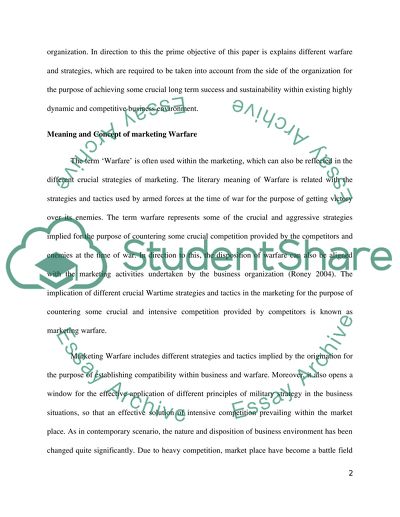Cite this document
(“Warfare about Product Life Cycle Essay Example | Topics and Well Written Essays - 4250 words”, n.d.)
Warfare about Product Life Cycle Essay Example | Topics and Well Written Essays - 4250 words. Retrieved from https://studentshare.org/marketing/1403368-warfare-about-product-life-cycle
Warfare about Product Life Cycle Essay Example | Topics and Well Written Essays - 4250 words. Retrieved from https://studentshare.org/marketing/1403368-warfare-about-product-life-cycle
(Warfare about Product Life Cycle Essay Example | Topics and Well Written Essays - 4250 Words)
Warfare about Product Life Cycle Essay Example | Topics and Well Written Essays - 4250 Words. https://studentshare.org/marketing/1403368-warfare-about-product-life-cycle.
Warfare about Product Life Cycle Essay Example | Topics and Well Written Essays - 4250 Words. https://studentshare.org/marketing/1403368-warfare-about-product-life-cycle.
“Warfare about Product Life Cycle Essay Example | Topics and Well Written Essays - 4250 Words”, n.d. https://studentshare.org/marketing/1403368-warfare-about-product-life-cycle.


